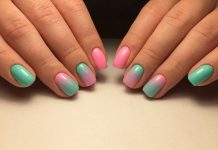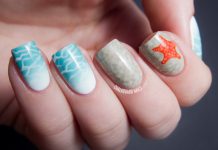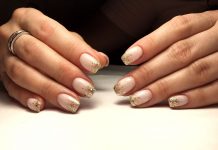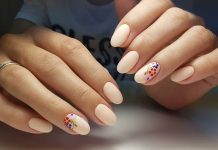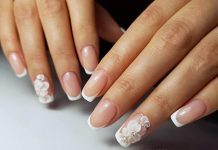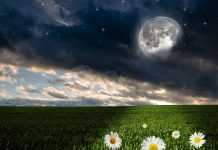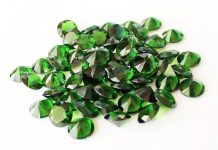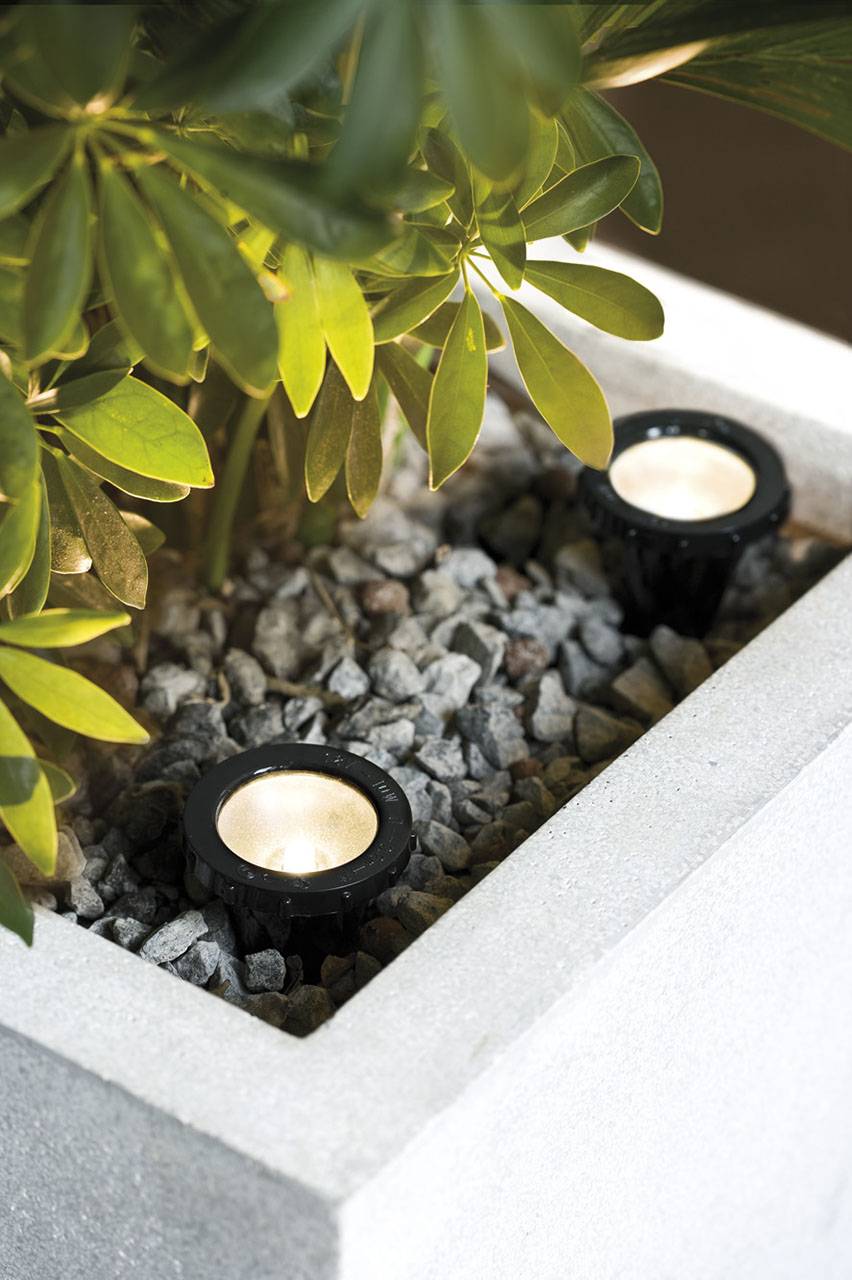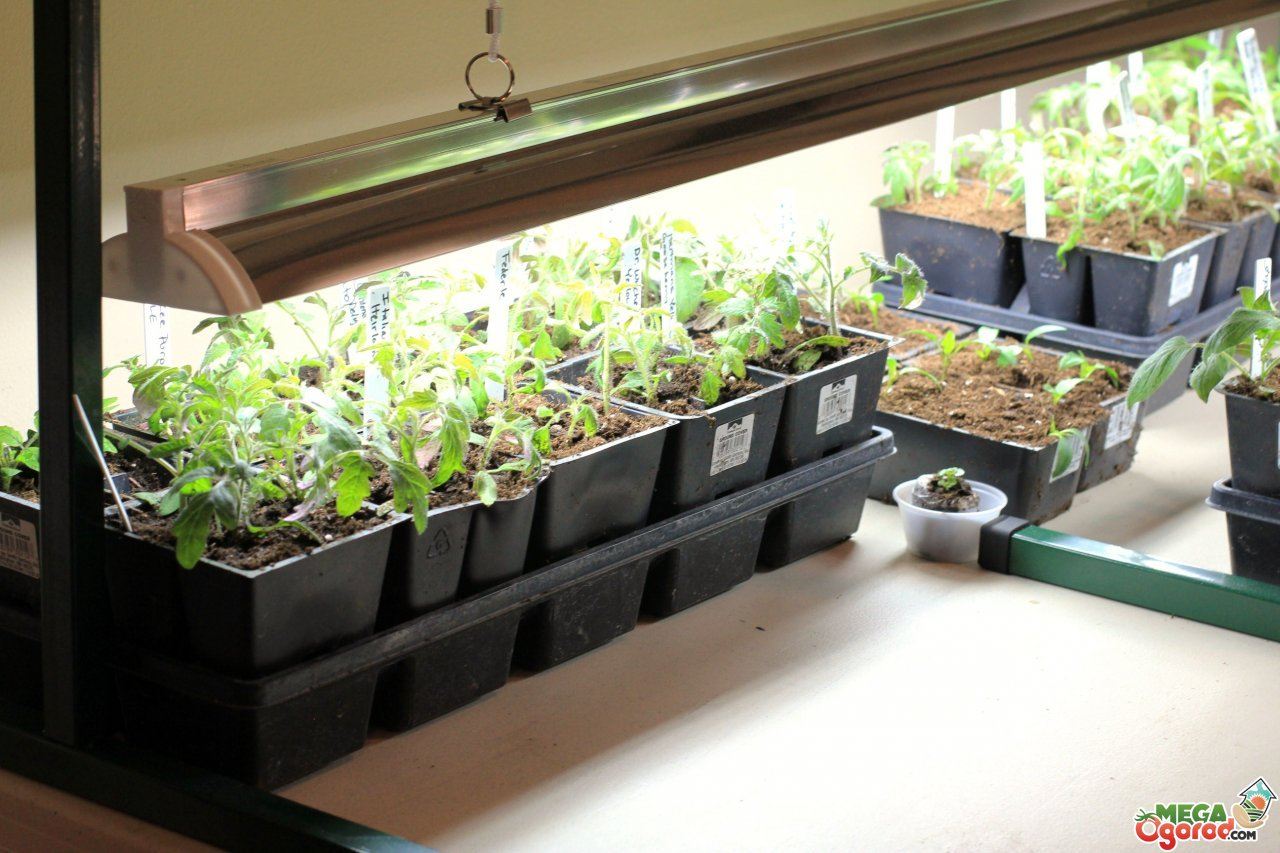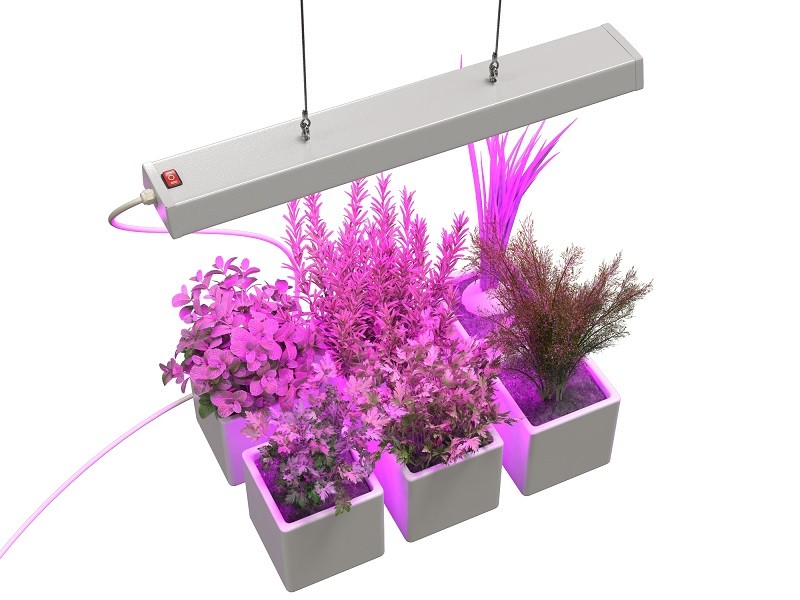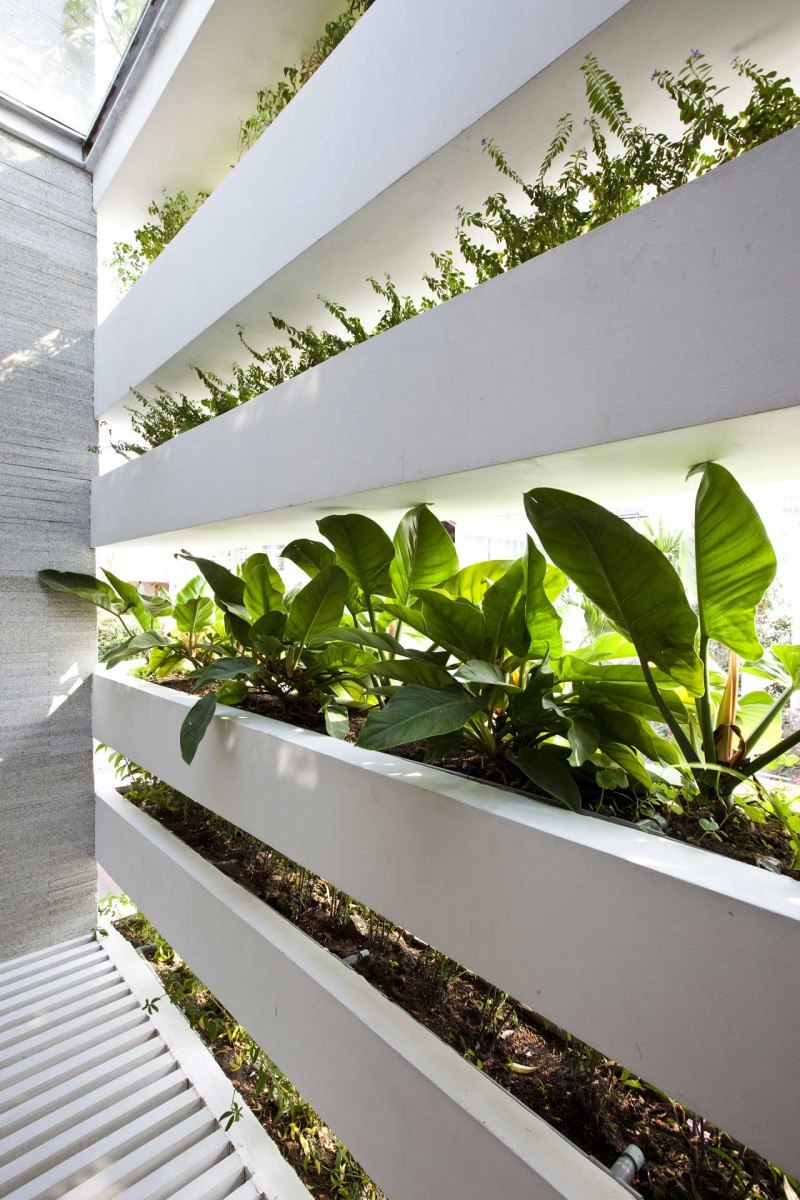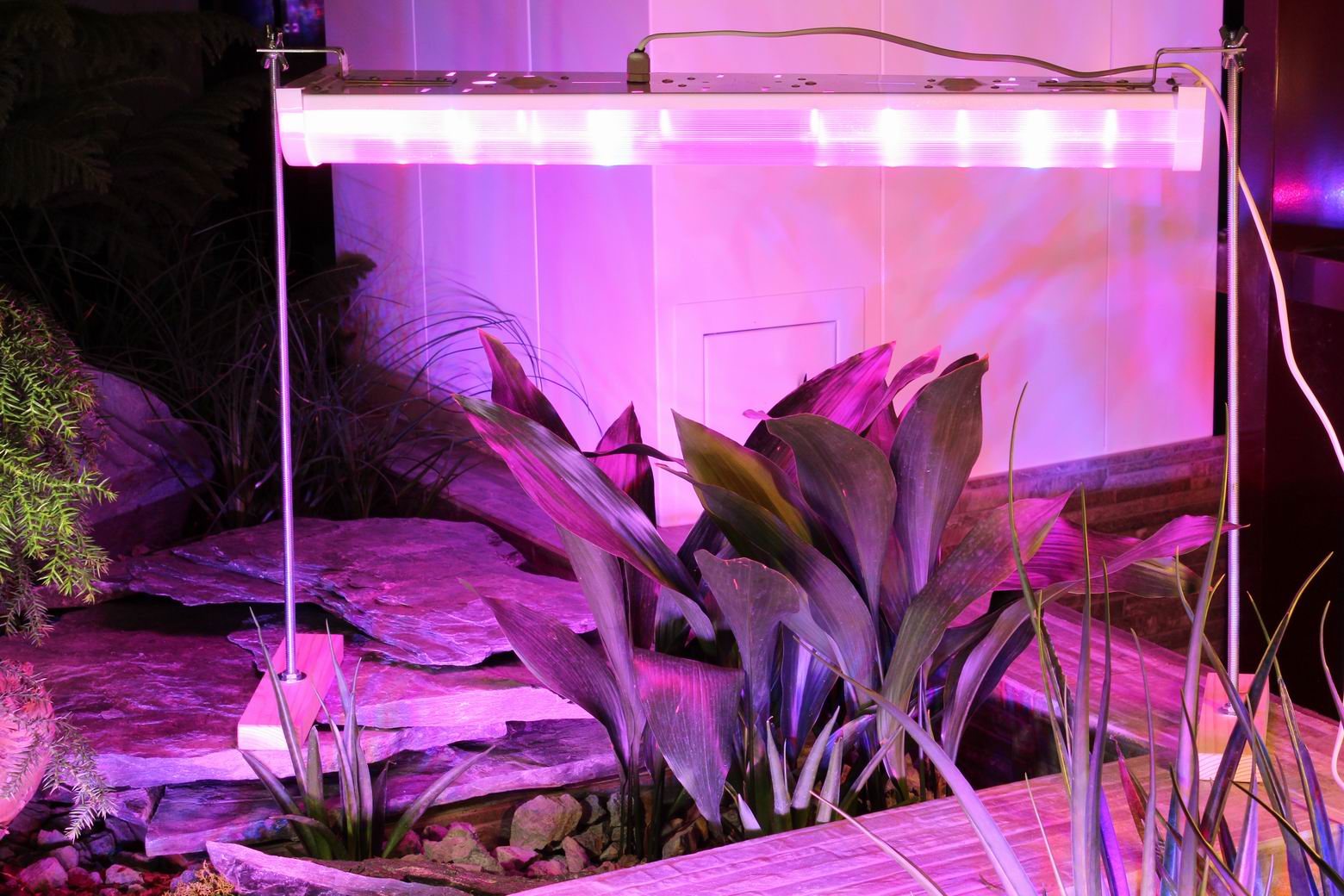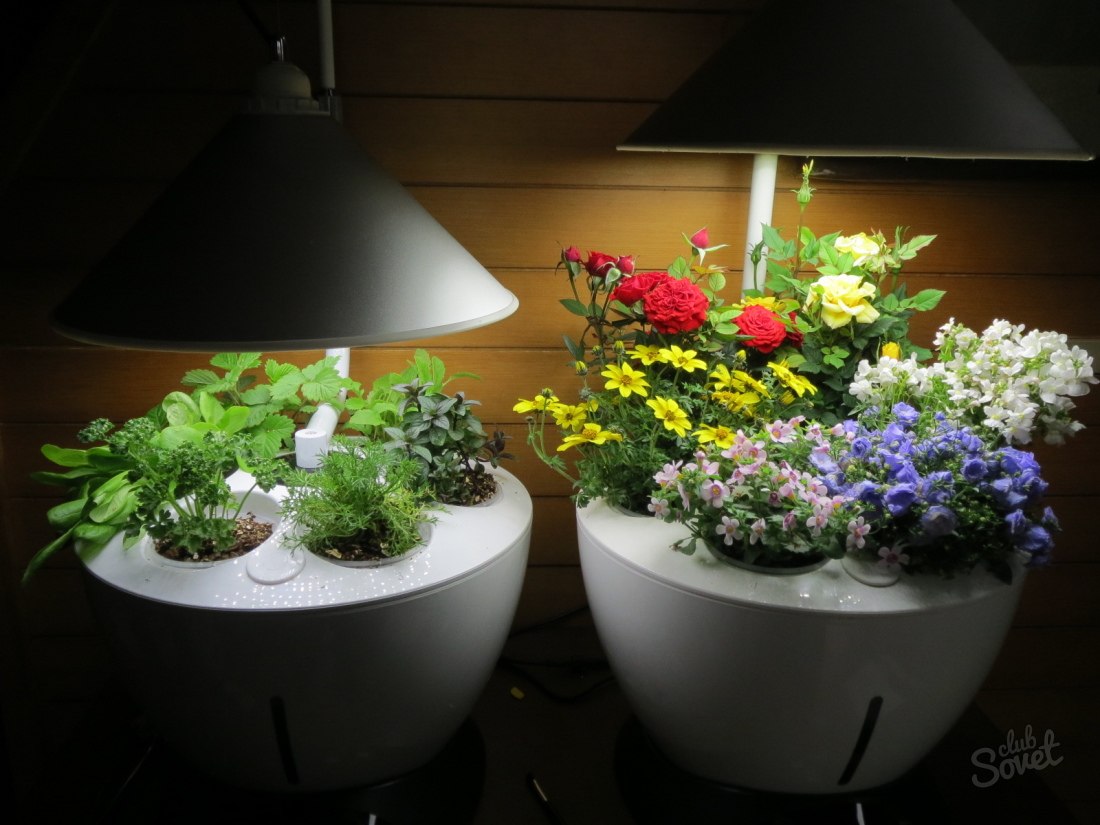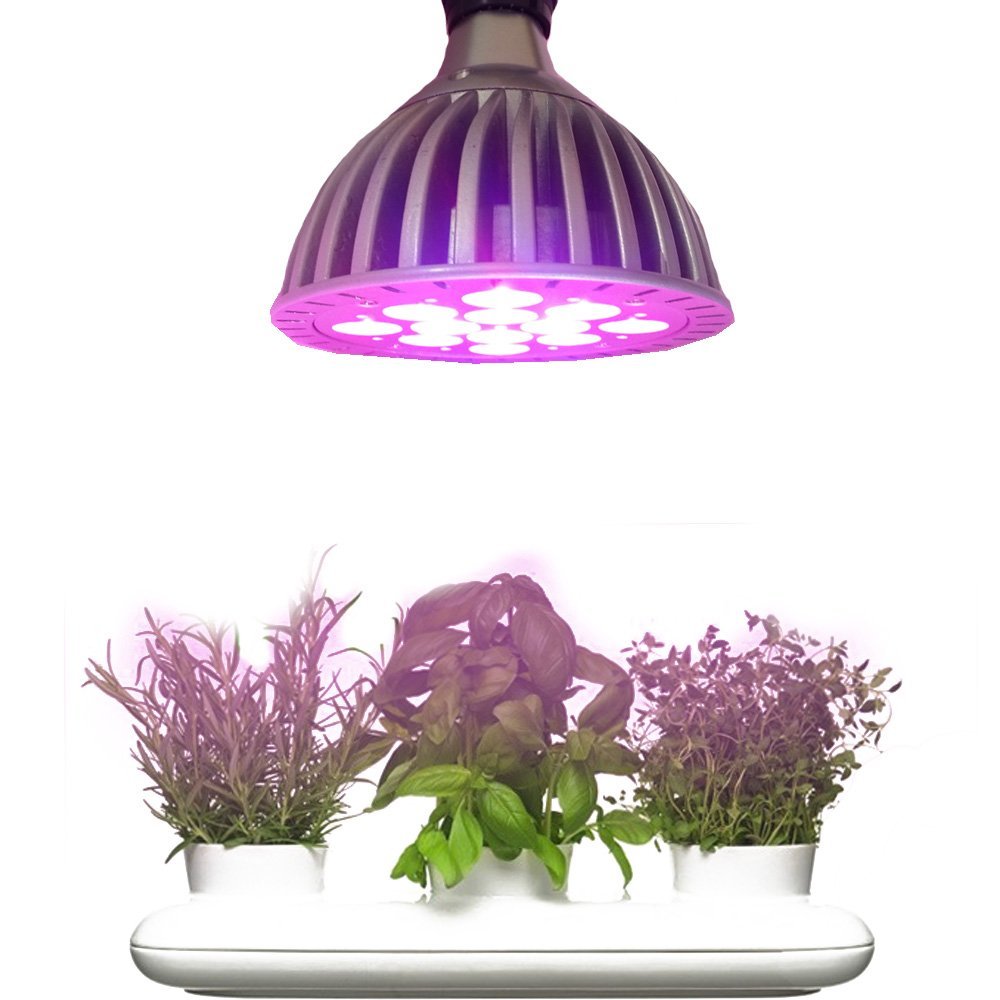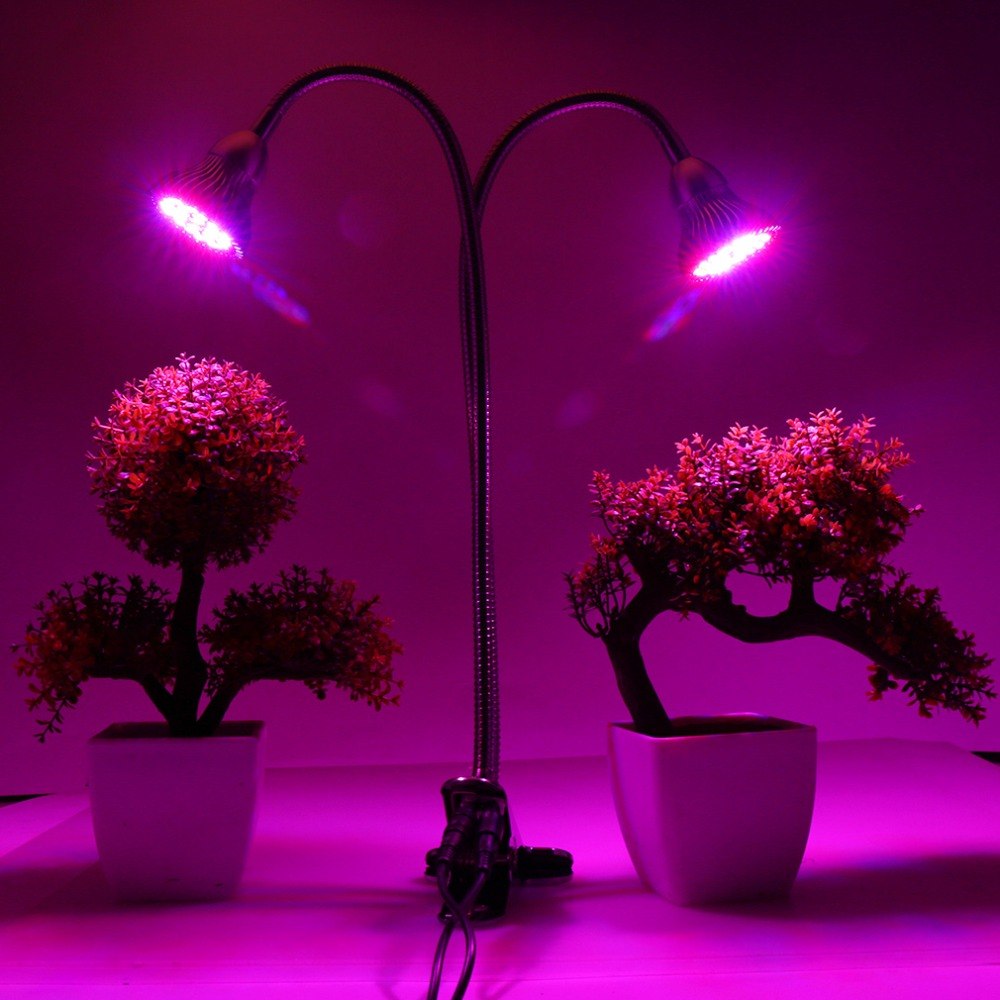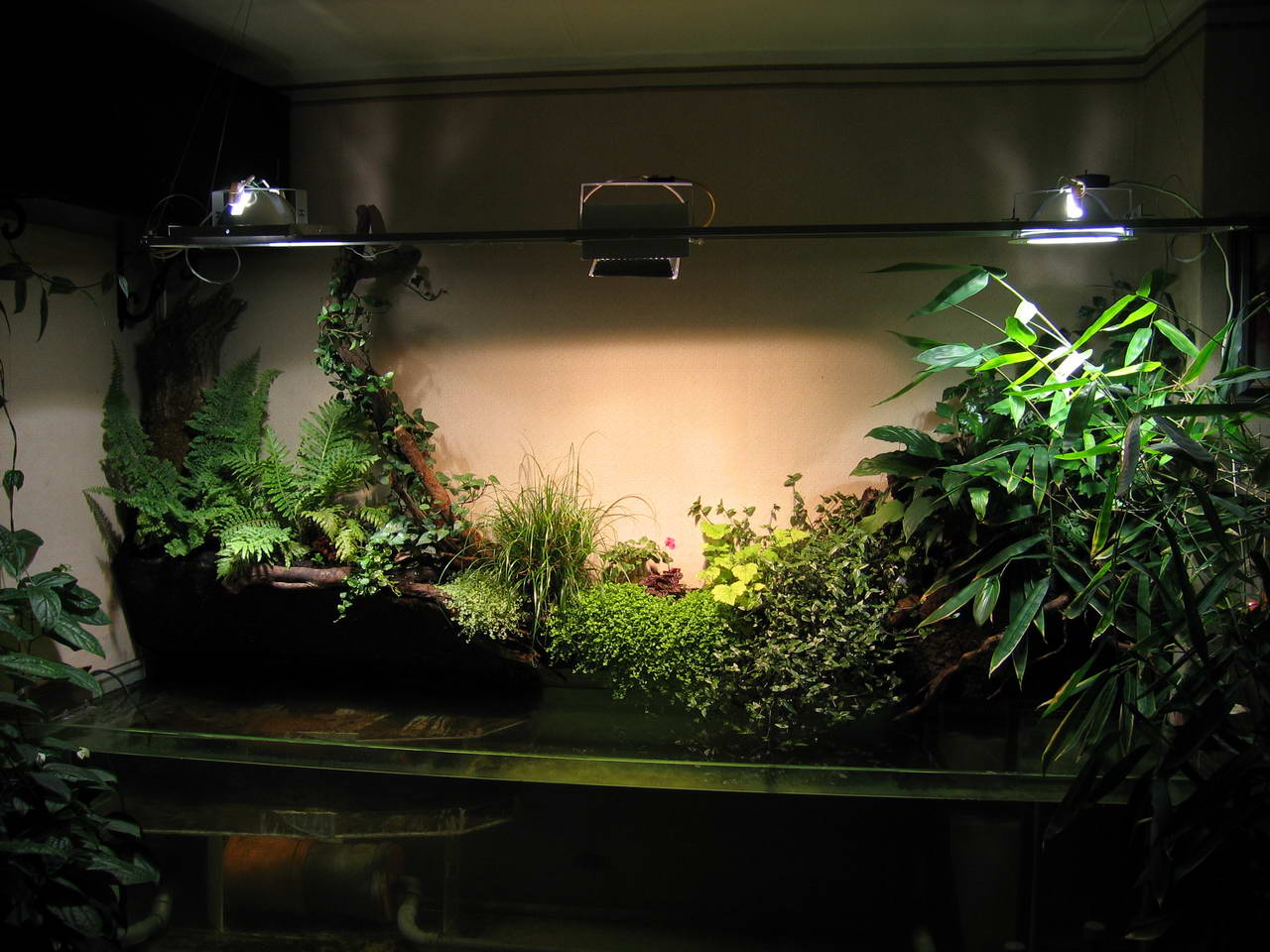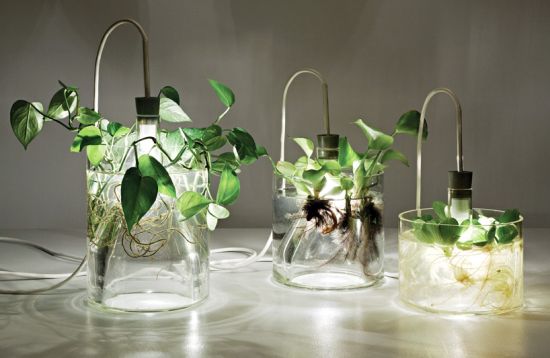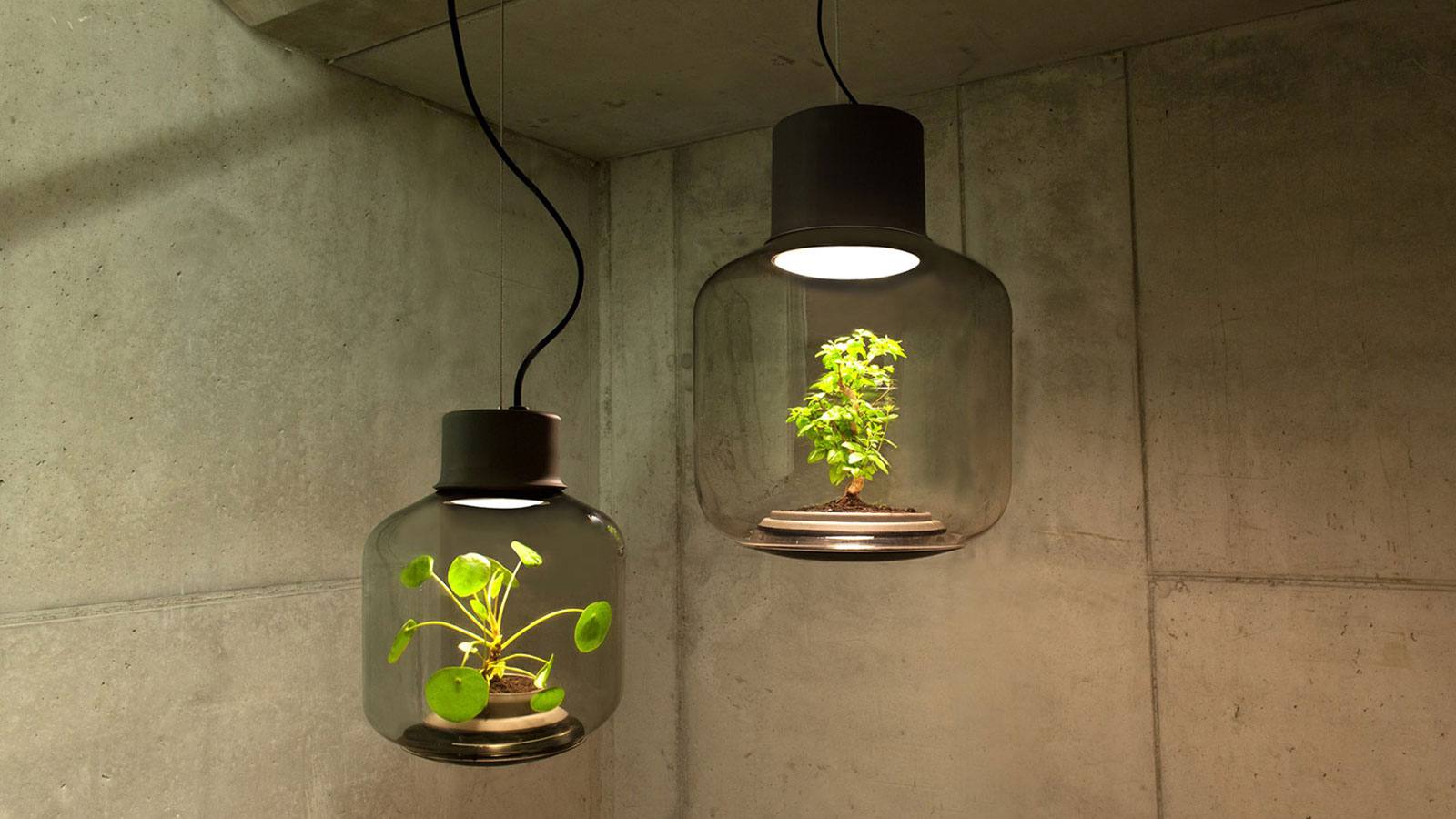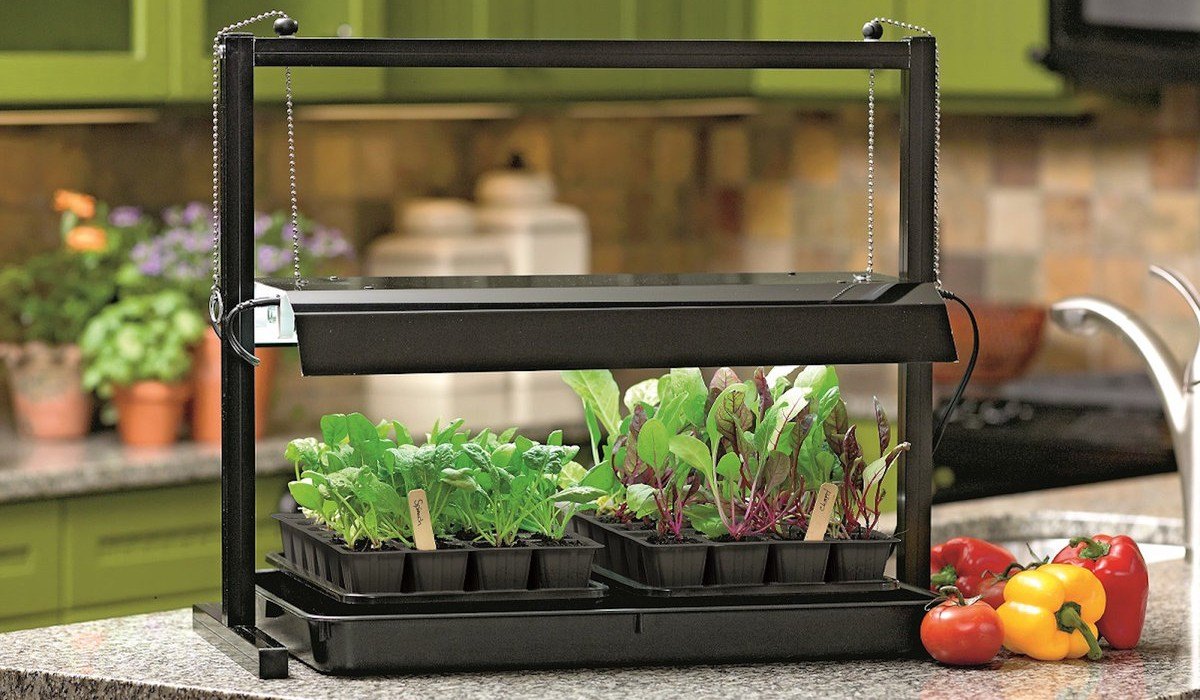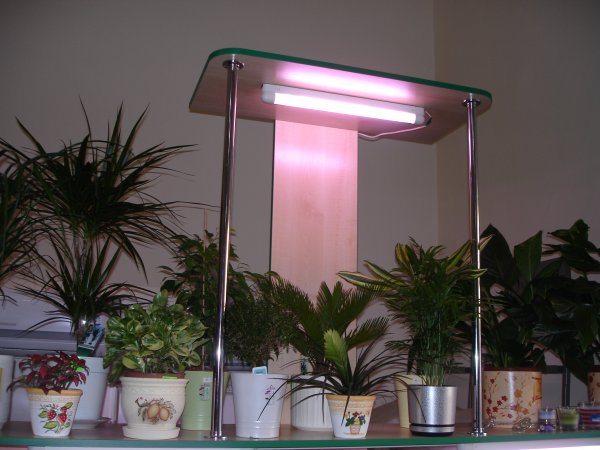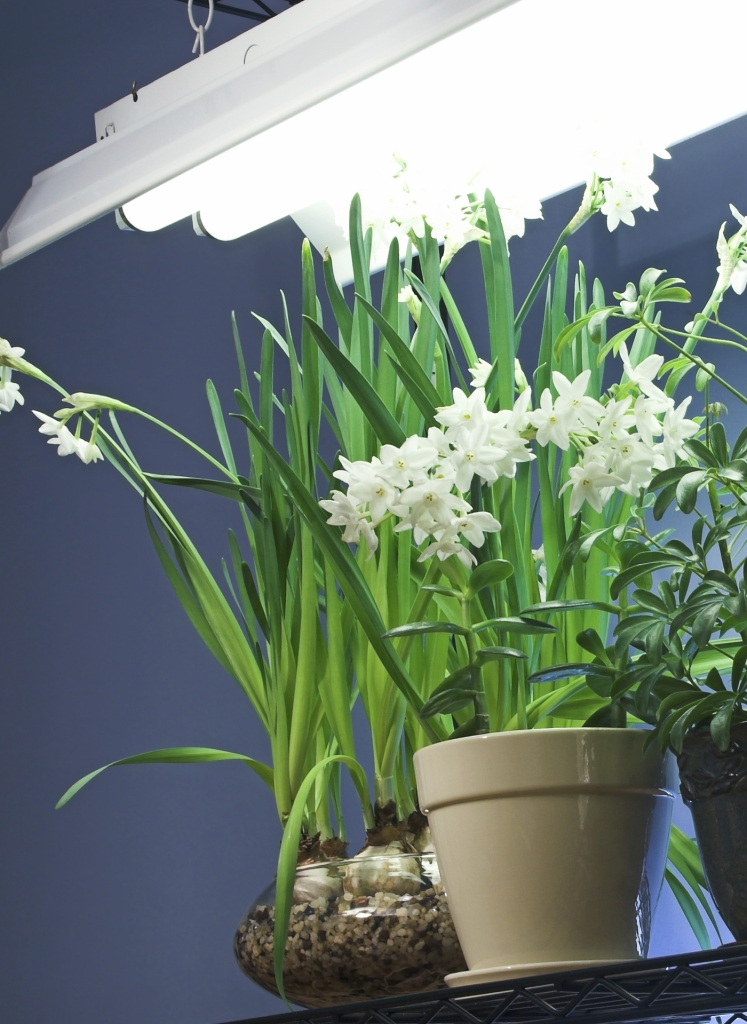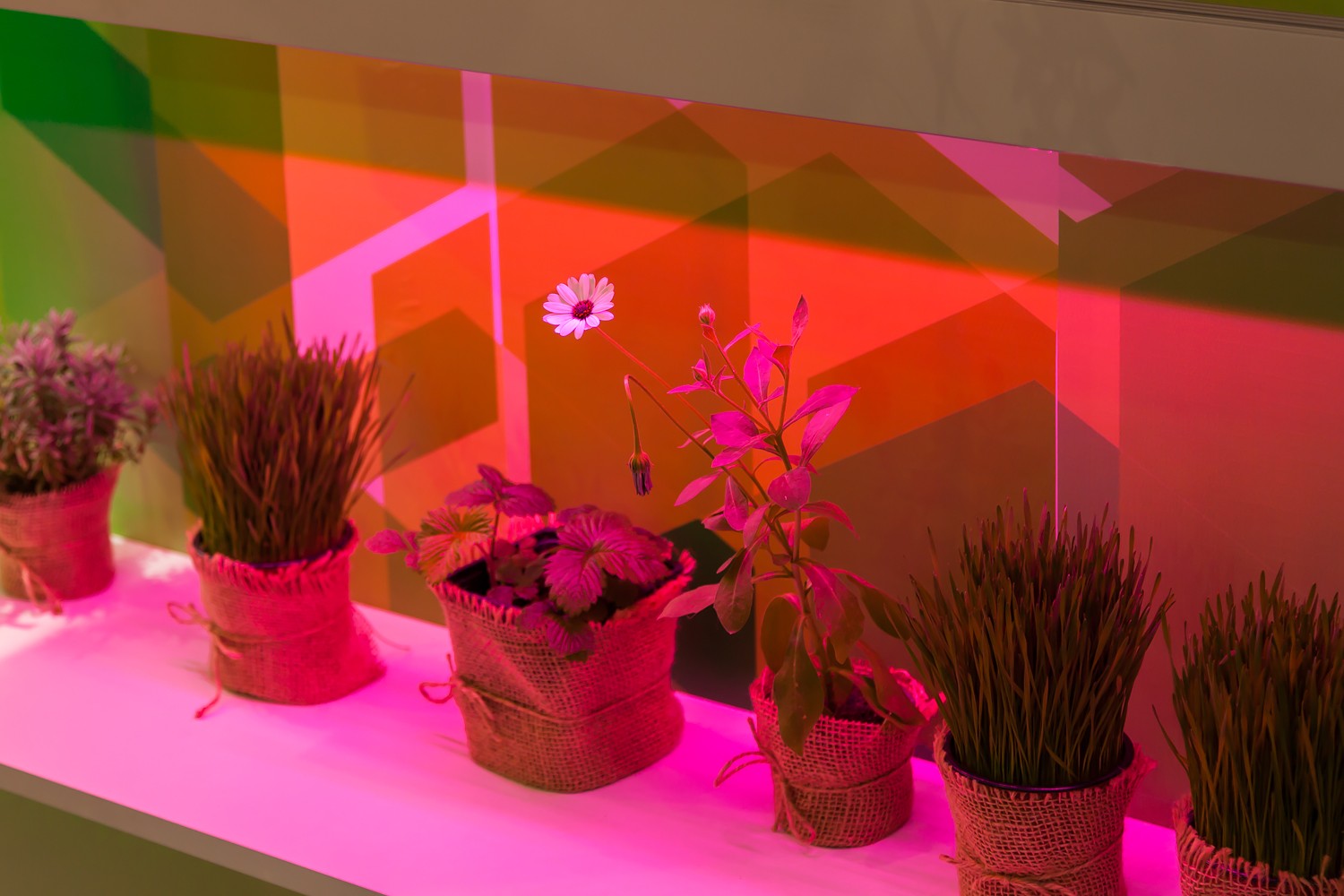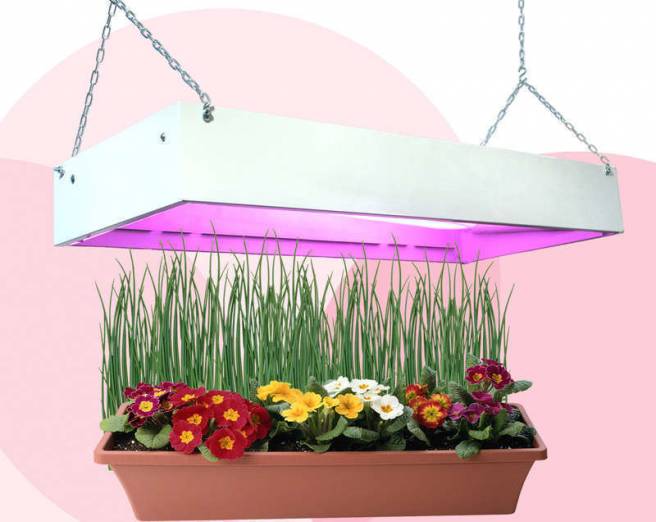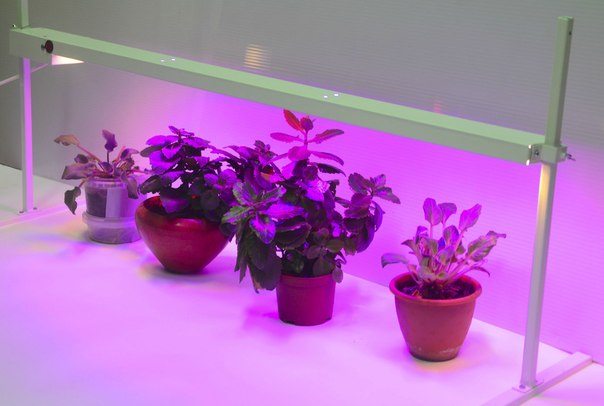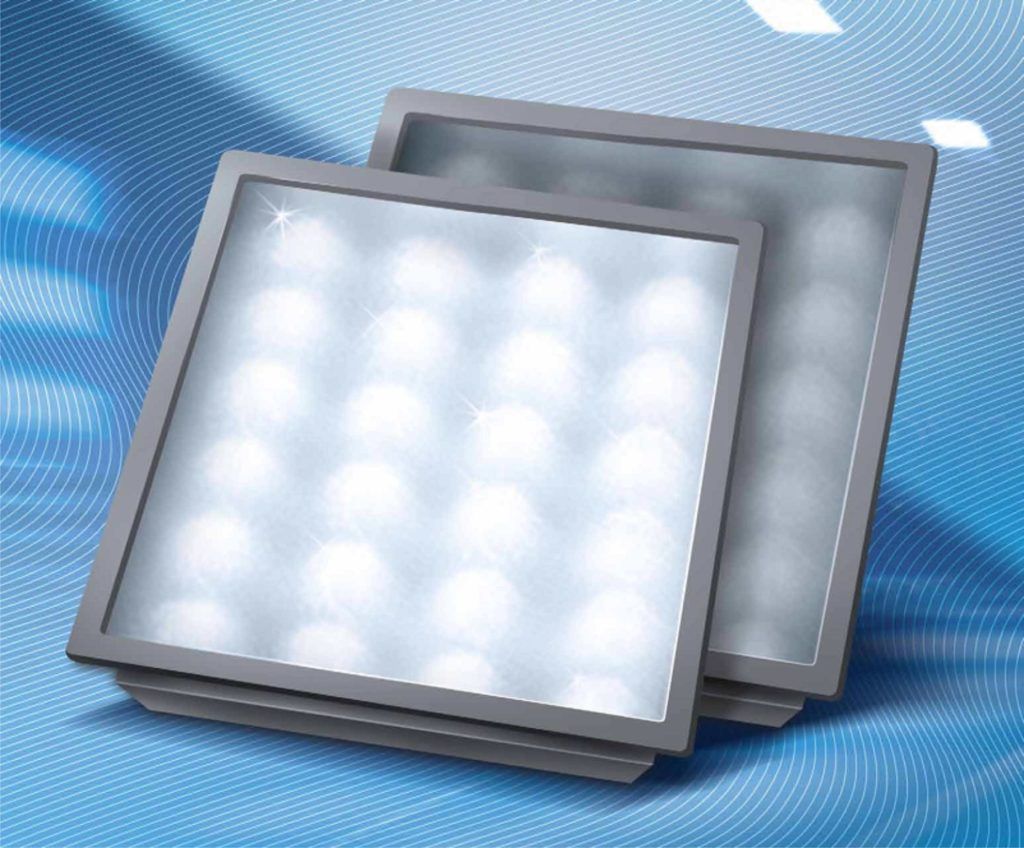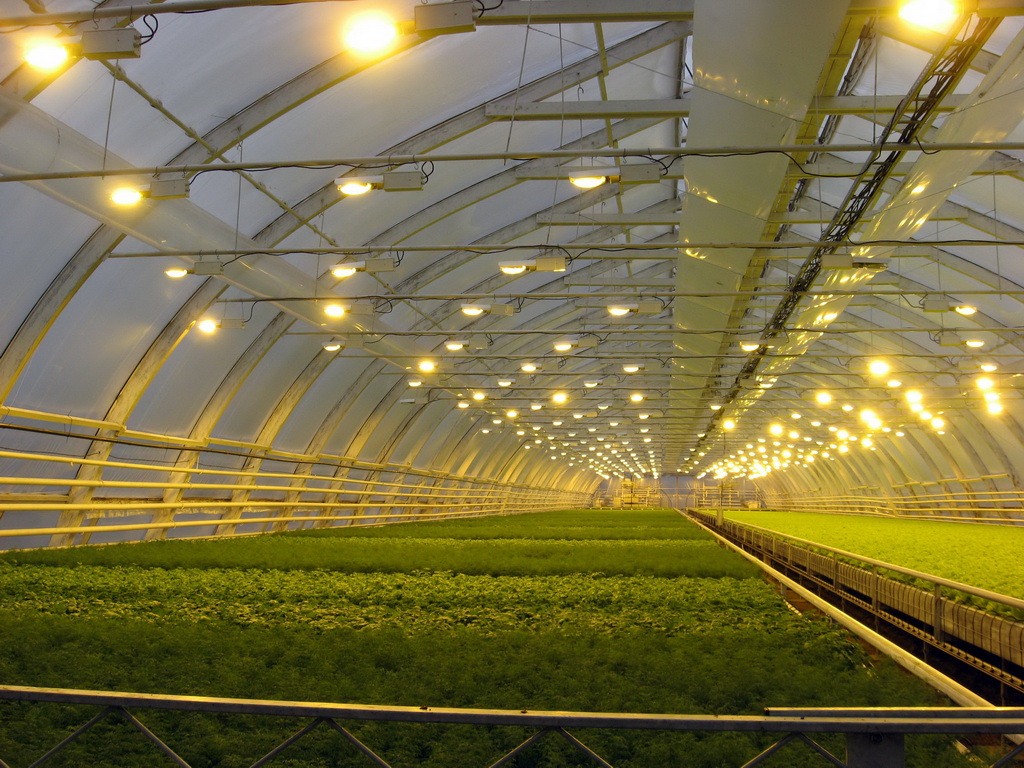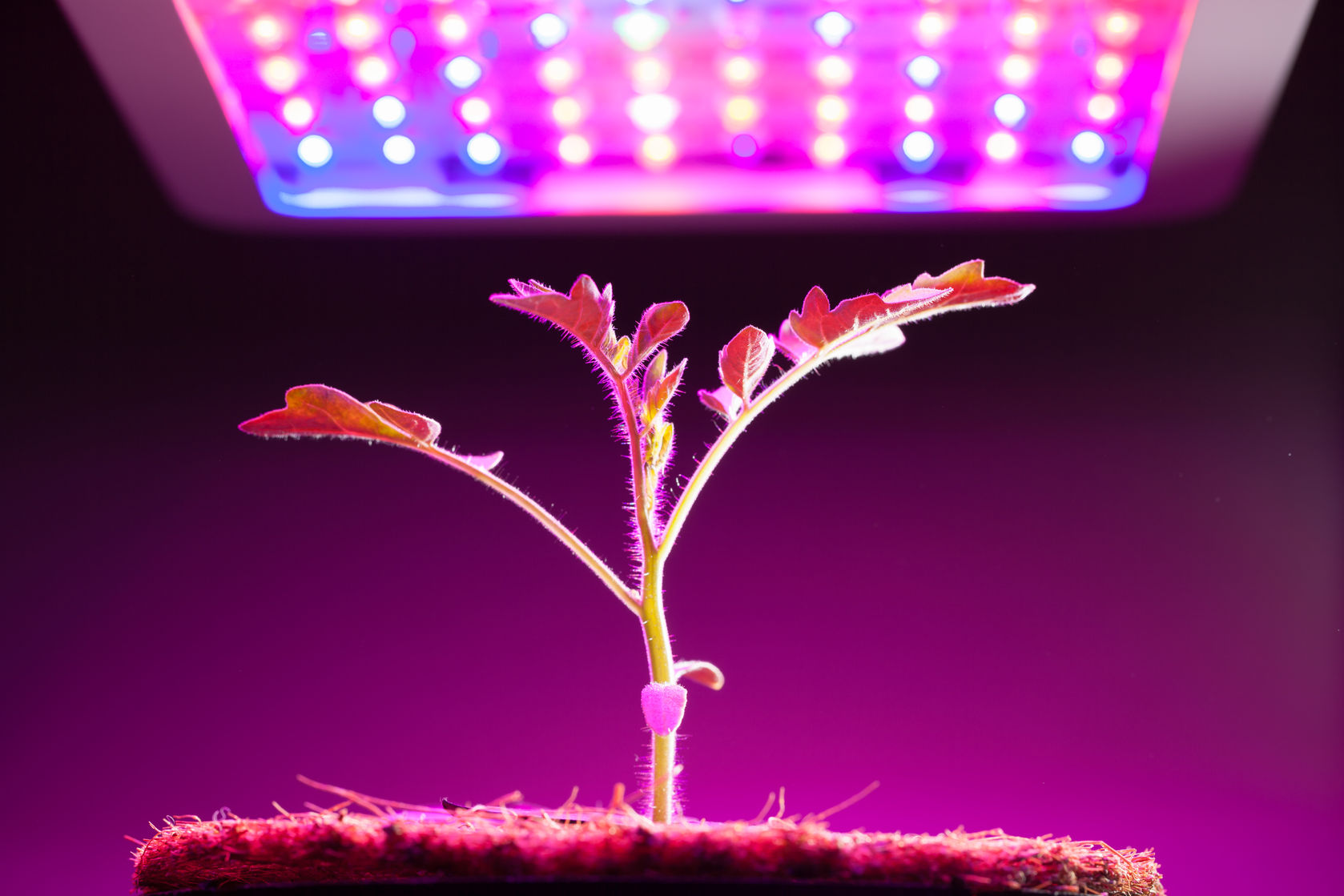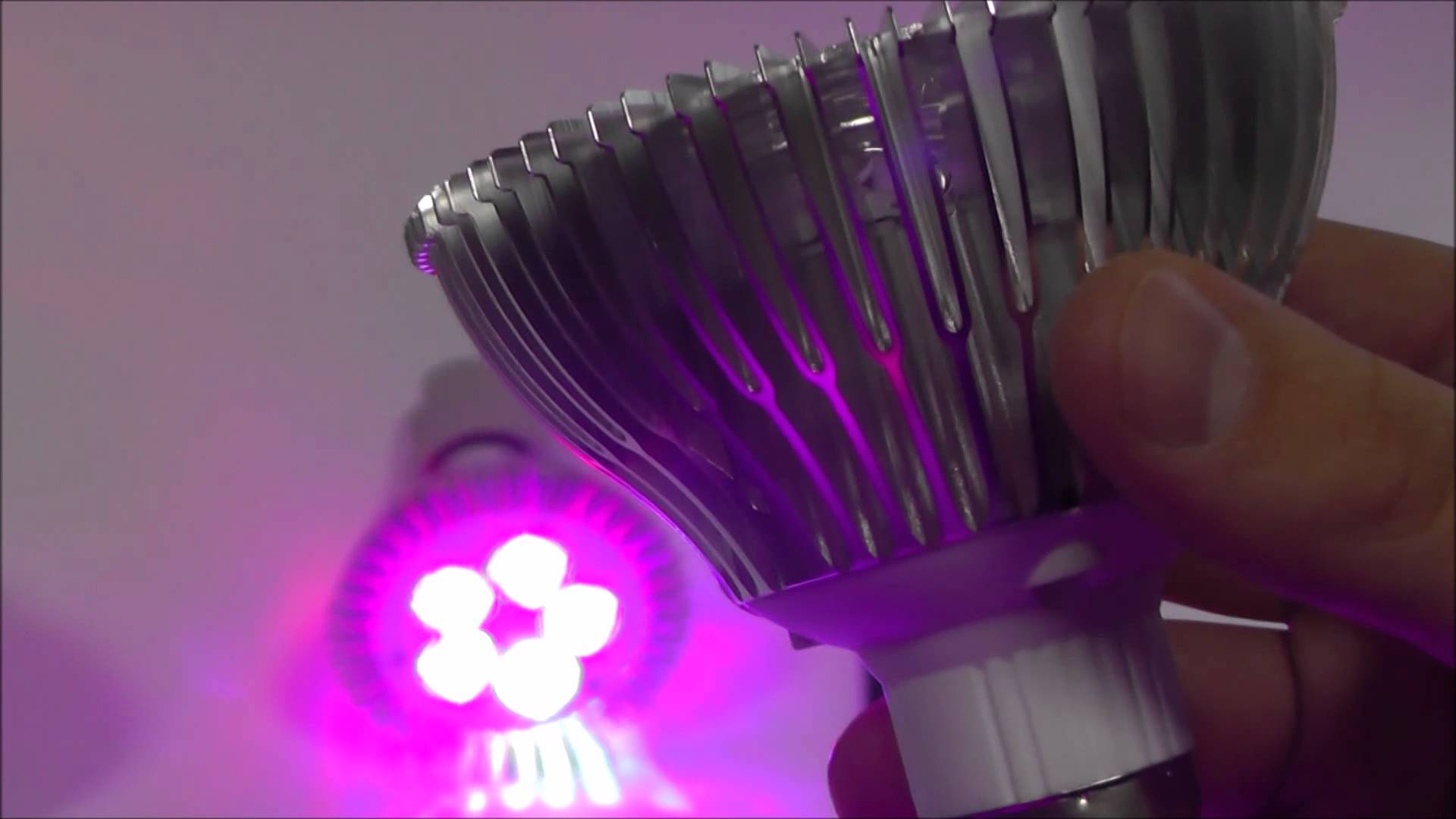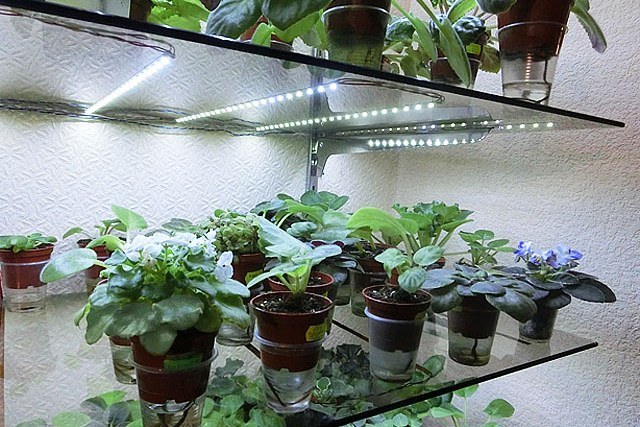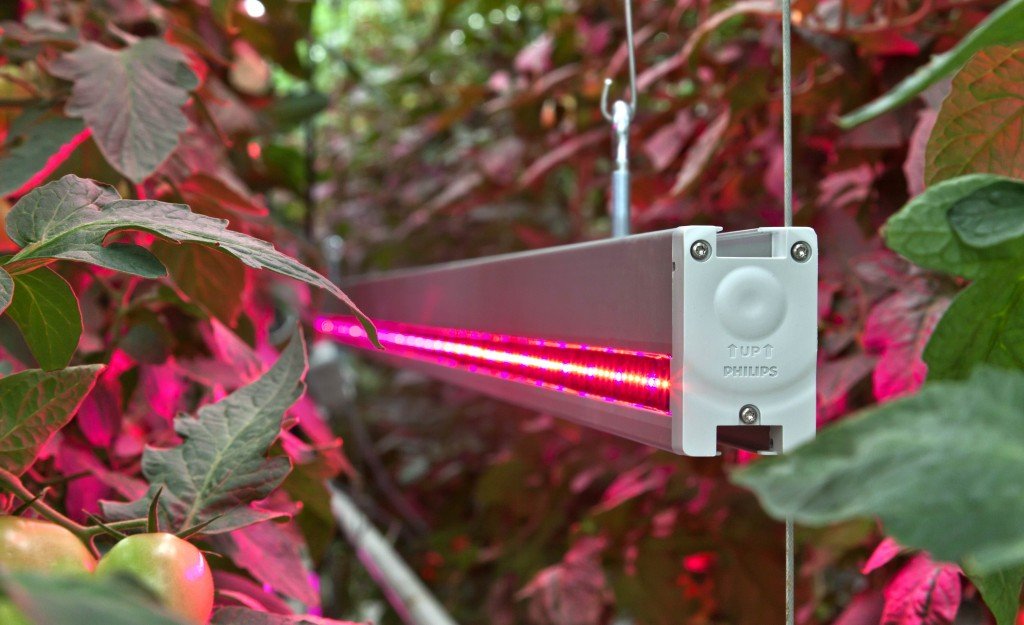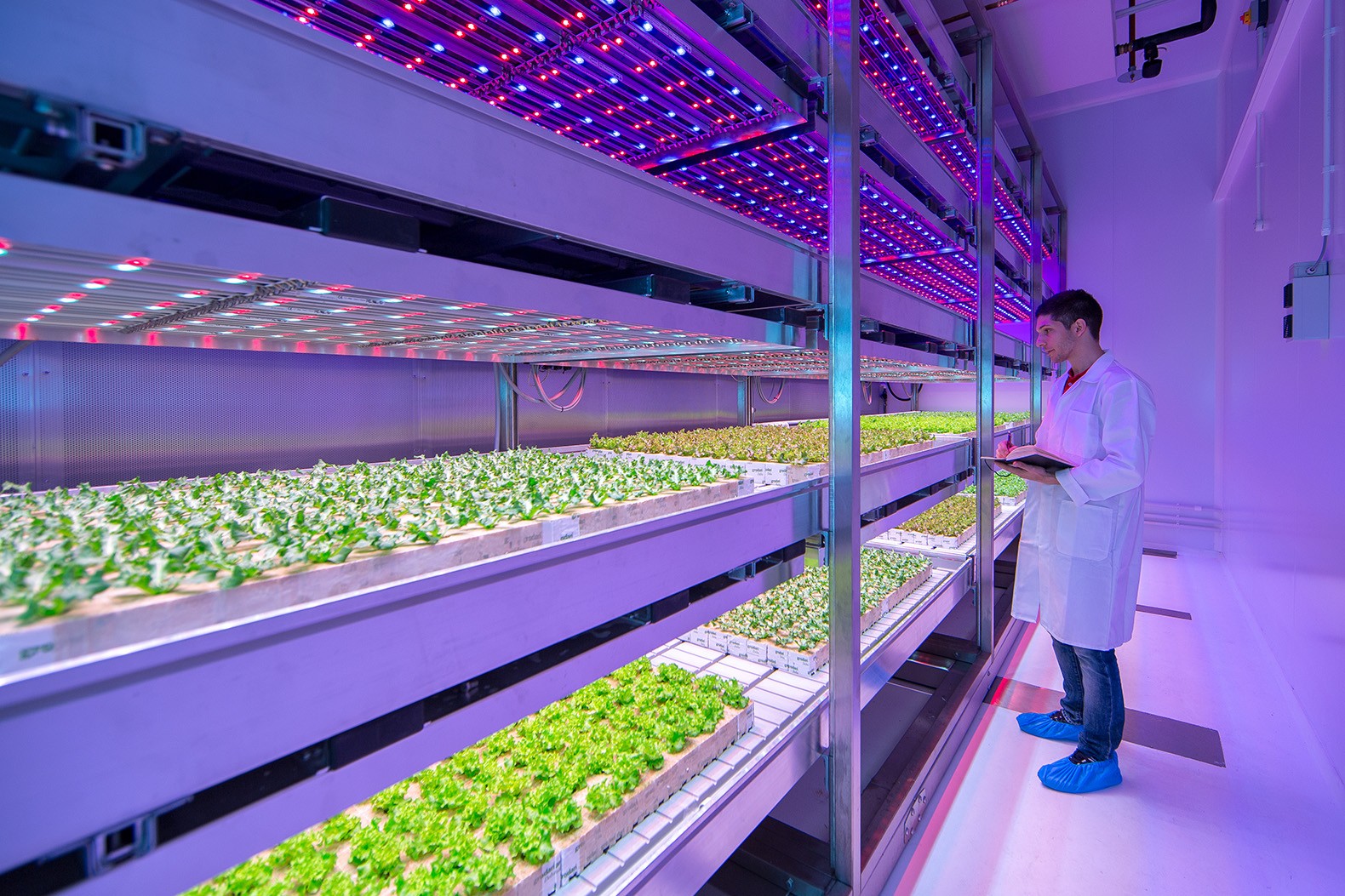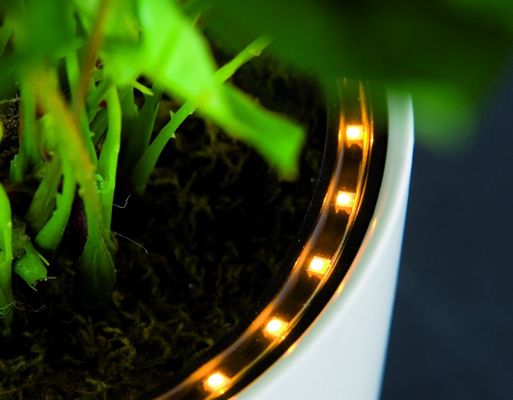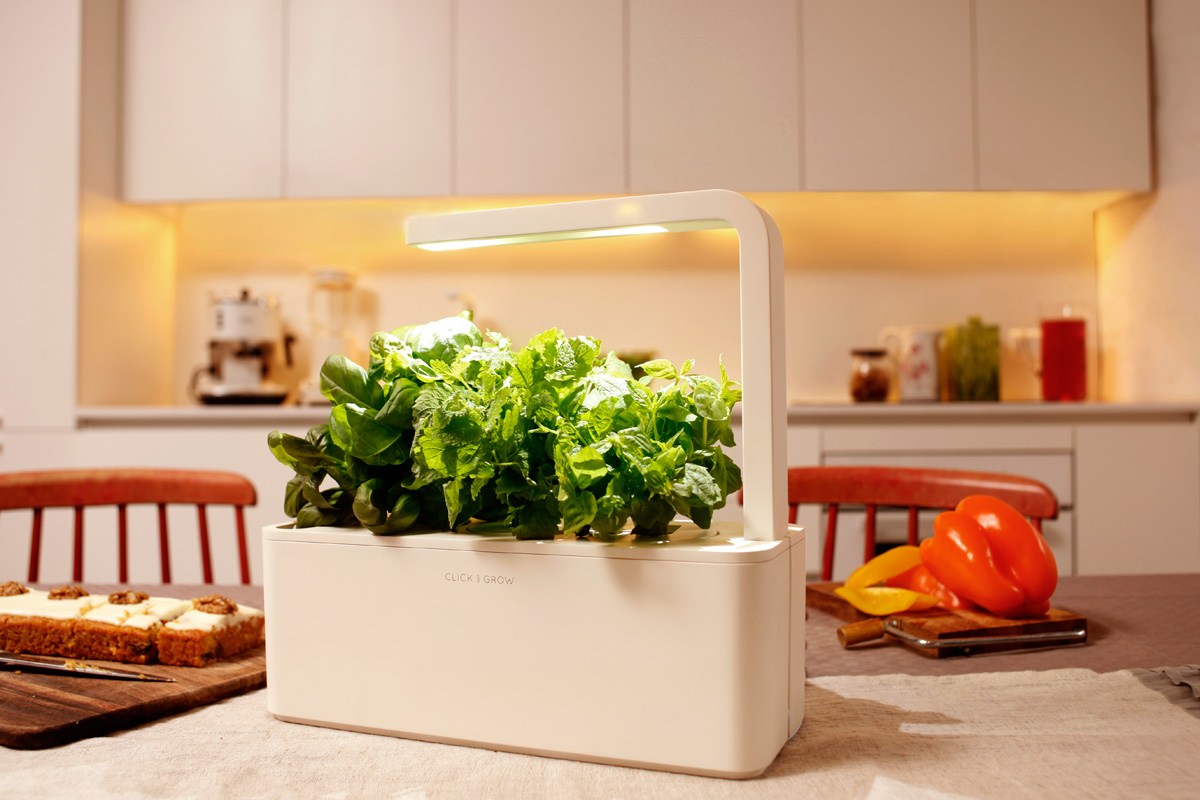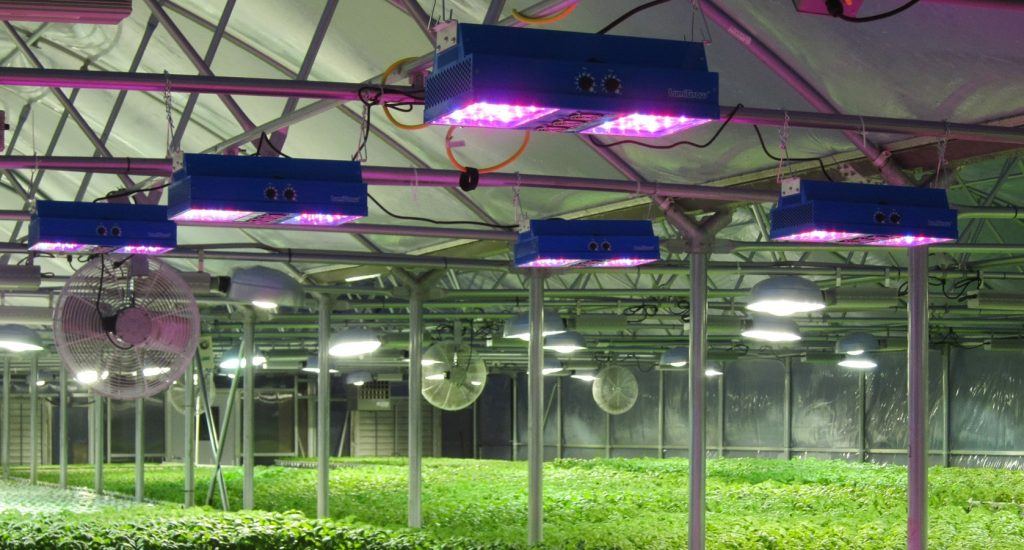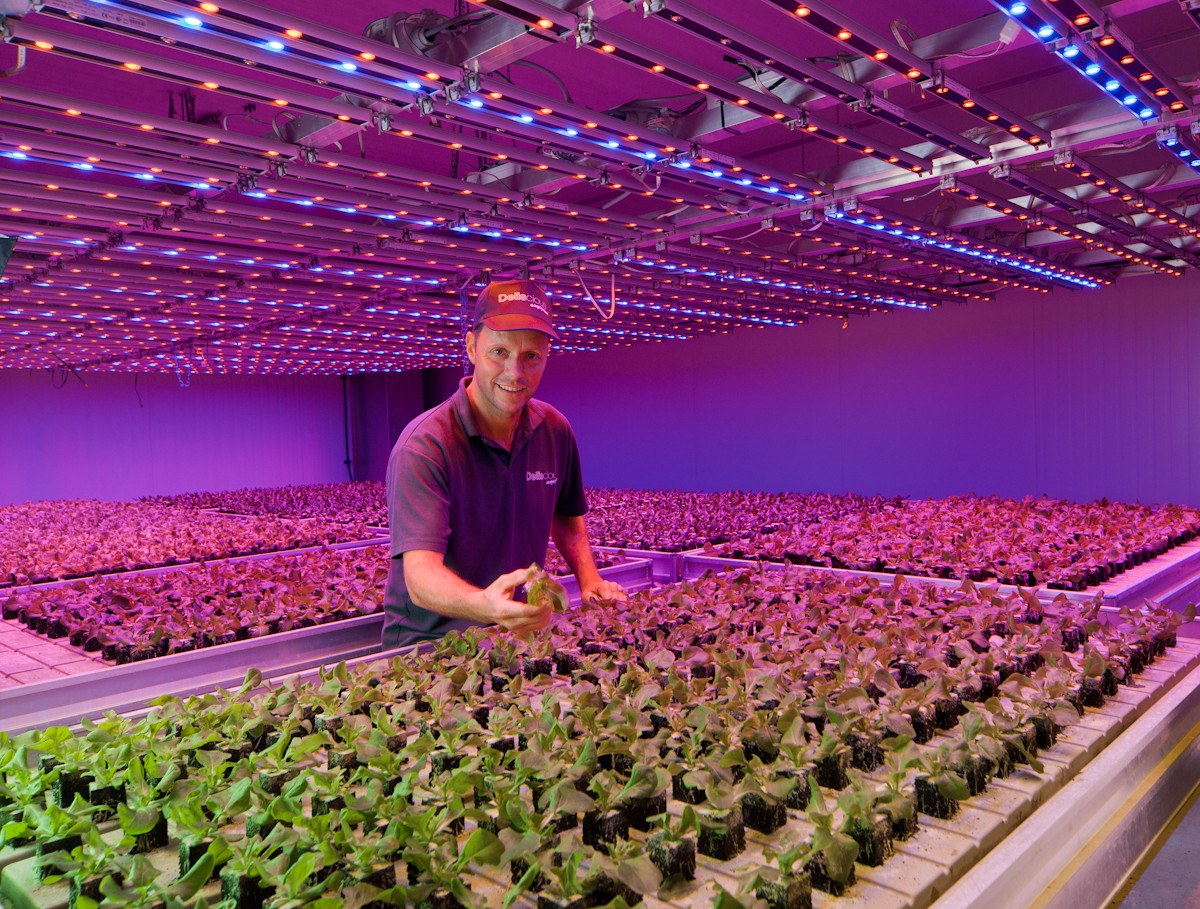Permanent light is one of the most important factors affecting the full growth and development of plants. Natural lighting in some cases is not enough, so you have to resort to the use of additional sources. This problem is especially acute in winter, when the flowers are sorely lacking in light and sunlight.
Modern electric light sources are designed to meet the needs of indoor plants in lighting and are aimed at stimulating growth and creating favorable conditions for photosynthesis.
The need of flowers for additional "water" depends on the temperature in the room. The higher it is, the more light the plant needs.
In winter, in a cool unheated room with poor lighting, plants have much worse.
Light mode with artificial light
Do not violate the natural duration of daylight.Many indoor plants came to us from the southern countries, where the sun shines most of the day, so in indoor conditions such flowers need more intense light.
Our geographical position implies a 7-hour daylight hours, however, this is not enough for flowers. Use artificial lighting or lighting for a longer time - up to 15 hours.
It is not recommended to violate the “biological clock” of the indoor flower and turn on the additional light at 7 am. Try to maintain an optimal day length of 20-22 hours.
When do you need to use lamps for plants?
The lack of lighting immediately affects the state of the plant. The flower seems to be pulled out, trying to reach the light.
Leaves will be disproportionately wide, long cuttings. The saturation of the plant is noticeably reduced, the trunk will begin to bend, tending to the light source. The flowers look weak and pale. The leaves dry quickly and die.
If all these signs are present on your indoor plants, then it's time to take care of them and organize artificial lighting with fitolamps.
What lamps to choose for plants
A variety of modern sources of artificial lighting allows you to choose different models of fitolamps designed to correct the illumination of plants in the home. Their parameters are selected in such a way that the flowers receive the most favorable conditions at little cost on your part.
Incandescent lamps
Today, incandescent bulbs are in every home, so many housewives use them as an additional light source for indoor plants. However, this is not the best choice. They lack the blue spectrum, so necessary for the process of photosynthesis. In addition, if the lamp is placed close together, burns may appear on the plant - brown and gray spots on the edges of the leaves.
Incandescent bulbs are very hot and have low efficiency. They are fairly cheap, but with long-term use will require large expenditures on electricity.
Alternatively, use incandescent lamps with fluorescent lights to organize lighting in small greenhouses. Such a kit will ensure the enrichment of colors in the red spectrum and allow the air to be warmed to the maximum.
Fluorescent lamps
They are suitable only as an additional light, since they practically do not heat up and do not affect the temperature around the plant.
Fluorescent lamps are inexpensive, while having high luminous efficiency. This option is optimal for lighting large visits with landings. Installing these light sources, for example, on the windowsill in the house is ineffective. They shine weakly and are inconvenient to use because of their size.
Conventional fluorescent lamps with a stretch suitable for lighting plants. Red waves in them are very weak, which practically does not affect the processes of photosynthesis and plant growth.
Get special lamps that, due to the coating on the glass bulb, give the spectrum closest to natural light. It is possible to increase the efficiency of fluorescent lamps by 25-30% with the help of directional reflectors.
The effective light sources for plants include mercury lamps, which have a much larger component of the red spectrum. They differ in increased power, but at the same time consume a significant amount of electricity.
Energy saving lamps for plants
The principle of operation of energy-saving lamps is similar to fluorescent ones. However, the latter are not always convenient in the conditions of an apartment due to their size and the presence of a special choke.
The design of energy-saving lamps involves the use of its own built-in choke, which is enough to screw into a standard cartridge.
The undoubted advantage of this lamp is a low power consumption compared with incandescent and fluorescent lamps. The service life of such fitolamps is up to 15 thousand hours.
Energy saving lamps are divided into 3 types:
- cold light - allow you to accelerate the germination and development of seedlings or seedlings
- warm light - suitable for lighting plants in the active flowering period
- daylight - a universal choice for independent or additional illumination of plantings throughout the entire vegetable cycle
LED lamps for plants
LED lamps, in a different way ICE, is the most optimal and acceptable option for creating artificial lighting for plants. They are distinguished by lower power consumption, high efficiency, and a long resource - one lamp is enough for 50 thousand hours.
Most models of LED lamps are made in the form of compact lamps that are conveniently placed on shelves, niches and window sills. For the cultivation of a large number of seedlings used special LED phyto tape.
ICE lamps have high safety. The constant radiation of the lamps does not adversely affect the person. LED lamps contain all the necessary spectrum (red, blue, orange) for the full growth of plants. Due to this, power consumption is reduced and it becomes possible to regulate the development of plants, slowing down or speeding it up.
When buying LED lamps you should pay attention to their power. The optimal parameter for lighting a standard room is 70 W per 1 m2. Also consider that the closer the lamp is to the plant, the more effective and more beneficial its effect will be.
Tip! ICE lamps practically do not generate heat, so they must be installed as close as possible to the plant or combined with incandescent lamps.
In the conditions of cloudy cold winters without indoor light, indoor plants, sprouts and seedlings simply will not survive. Therefore, it is important to take care of the organization of lighting in the room or greenhouse in advance by selecting several options for plant fittings.


